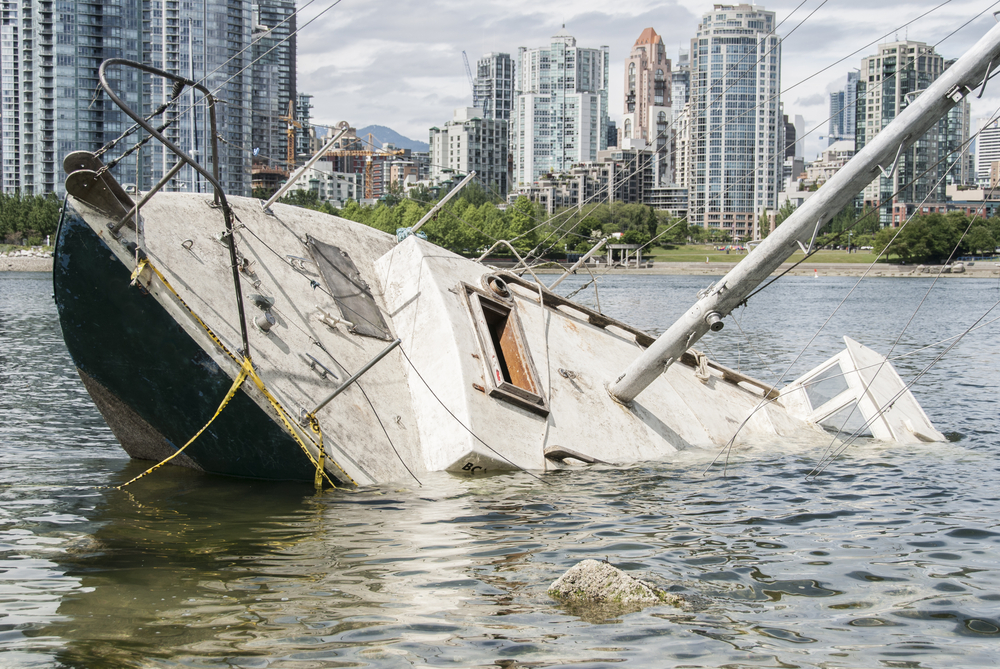The word conjures images of the worst-case scenarios that can happen at sea: a passenger is overboard, the boat is sinking, there’s a fire, or someone on board has fallen seriously ill. No one likes to think about these terrible scenarios, but as any boating accident attorney at our firm can tell you, knowing what to do when disaster strikes can mean the difference between life and death.
Knowing how to properly call for mayday is a key skill for any boater to have. It can ensure that the Coast Guard is dispatched swiftly and arrives quickly to help you and your crew in the event of an emergency.
So, how do you call for mayday?
First, tune your radio to the right channel. 161.400 or 156.800 MHz are regularly monitored by the U.S. Coast Guard. In general, boaters should have their radios tuned to channel 16, no matter what’s going on. This way, boaters remain informed about accidents at sea, and can render aid if they happen to be in the vicinity. Additionally, by keeping the radio tuned to the proper channel, boaters won’t need to waste precious time tuning their radio in an emergency situation.
While many radios are connected to GPS systems and can provide coordinates, individuals should still state their coordinates while issuing a mayday call. When issuing the call, individuals should speak slowly and calmly and repeat the distress message three times. If other emergencies are taking place, the person sending the distress signal may have to speak while someone else is speaking and this may increase the likelihood that the call will not be heard. If at all possible, individuals should wait until the radio is clear. Of course, if communication time is limited, individuals should issue the call immediately.
Next, an individual making the mayday call should make sure to provide as much information as possible. This includes the name of the ship, the number of people on board, and health conditions of everyone on board. Provide GPS coordinates if available, and offer descriptions of any nearby landmarks.
Yet, issuing a call is no guarantee that the call has been heard or that the Coast Guard will respond. Individuals who are sending out a mayday signal should wait for confirmation that they have been heard and that help is on the way. You wouldn’t call 911 and hang up. Similarly, don’t issue a mayday call and assume that help is on the way. Once help has been contacted, the Coast Guard will evaluate the gravity of your situation and make a determination of how to best send you help.
Of course, the best way to remain safe while boating is to prevent accidents from occurring in the first place. Making sure that the boat is equipped with proper rescue devices, ensuring that the boat is well-maintained, and ensuring that passengers and crew are trained in first aid and CPR will keep boaters safe in the event of an emergency. Knowing proper rescue protocols is also part of best practices.
Additionally, installing Coast Guard approved rescue devices in your boat can increase the likelihood that you’ll be rescued in the event of an emergency. By installing a marine radio equipped with digital selective calling, boaters can issue a distress signal at the push of a button. The call will automatically tell rescuers where you are located in the process. Knowing your unique number (MMSI) is also important.
Yet, no one should rely on these services alone. In an emergency situation, it’s still a good idea to issue a traditional mayday call in addition to sending out the automated distress signal. Staying calm, knowing proper procedures, and ensuring that your crew is trained to handle an emergency will ensure that everyone stays safe at sea.
Published on March 25, 2015
Categories: Boating Accidents
Get Free
Consultation











